“In my heart you are the mirthful ray
You are the caring, though my companions they
Happy is the world with the Nowruz and with the Eid
You are both my Eid and my Nowruz today” – Rumi (13th-century Persian poet)
Although it is inscribed on UNESCO’s Representative List of the Intangible Cultural Heritage of Humanity as ‘Nowruz’, here in Iran we pronounce it more like ‘Norouz’, which simply means a ‘new day’ in Persian. As a child, it baffled me that some countries in the world celebrated their new year in Winter. Winter is when nature goes to sleep, there is no sense of renewal in it. It has always made more sense to me that a calendar should start with Spring, just as nature comes to life, trees become heavy with green foliage and tasty fruit, the sky becomes clear with the occasional sprinkles of rain that give the crispy air that wonderful petrichor smell in the morning, and everything feels softer and generally prettier than any other time in the year (or perhaps, this is just my impressionistic conception of what Spring is supposed to entail).
In any case (and let’s not get into that discussion about how Christmas (Yule) may have as well been inspired by the Persian winter solstice celebration ‘Yalda’), Nowruz holds a special place in the heart and memory of many Iranians. And the wonderful thing about the Persian New Year is that it is not celebrated only in Iran. Many countries along the Silk Road, such as Afghanistan, Tajikistan, Azerbaijan, and Turkey, celebrate Nowruz, and the rite is not exclusive to one culture or religion. It has the advantage of being so ancient (dating back to 3,000 years) and having not only survived but actually flourished well into the 21st century, that it is only logical for Nowruz to be so comprehensive, and diverse, and all around a happy, unifying occasion with all its variations and different traditions and customs.

The Persian New Year celebration begins this year on Thursday, March 21, at 1:28 AM in Iran. As a child, I would pray that the first day of Spring wouldn’t start in the wee hours of the morning, when I was most likely sleeping, because there is this interesting superstition about Nowruz that you have to be at your best at the time of Sal Tahvil – the moment the new year begins – because it will affect your life for the whole coming year. This is why we have to be in our clean, and preferably new clothes, and all members of family gathered around the legendary ‘Haftseen’ table, and refraining from doing any activities other than watching the special Nowruz-edition programs on TV, divining the future through Hafiz’s poetry, and wishing one another a happy, prosperous new year (a practice that will sometimes stretch well into the next two months, or any time you greet someone for the first time since the new year began – and it’s ‘Sal-e no mobarak!’, by the way).
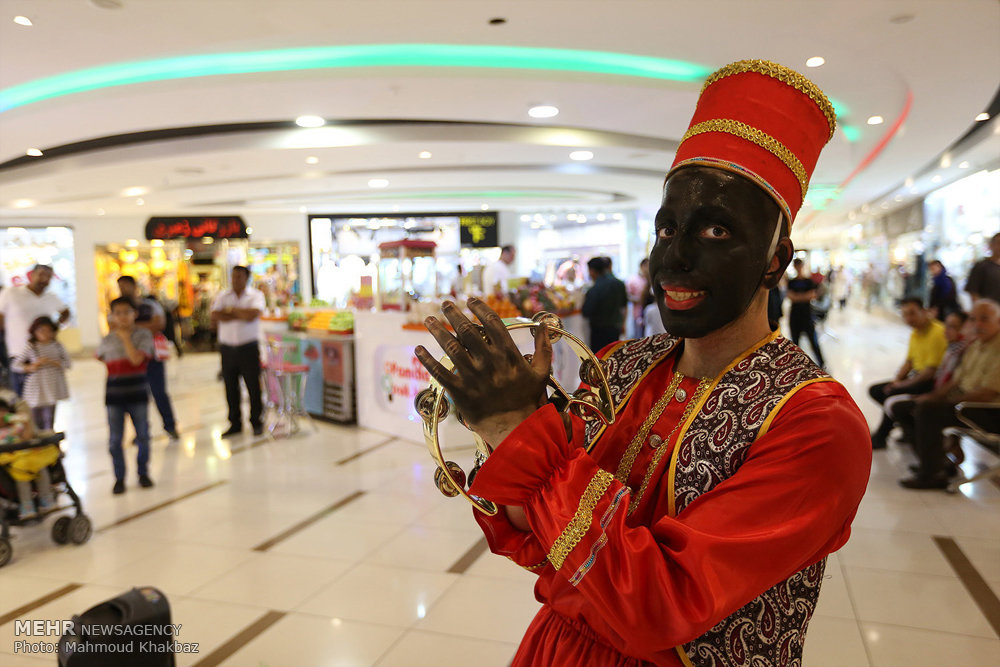
Speaking of new year superstitions, there is another popular belief that even I find difficult not to take seriously. Iran follows the Chinese zodiac tradition of assigning an animal to each year in a twelve-year cycle. This year, 1398, is the year of the pig, the last animal in the cycle. And pig symbolizes wealth and good fortune, so it seems we will be off to a good start this year. When the devastating Bam earthquake struck the Kerman province of southeastern Iran in 2003 and left over 26,000 people dead, I was 14, and it was the year of the sheep, and I remember my mother used to tell me that sheep signified sacrifice and slaughter, and she strongly believed that the zodiacal animal had something to do with all those deaths that year. It also didn’t help that her mother passed away in the exam same year.
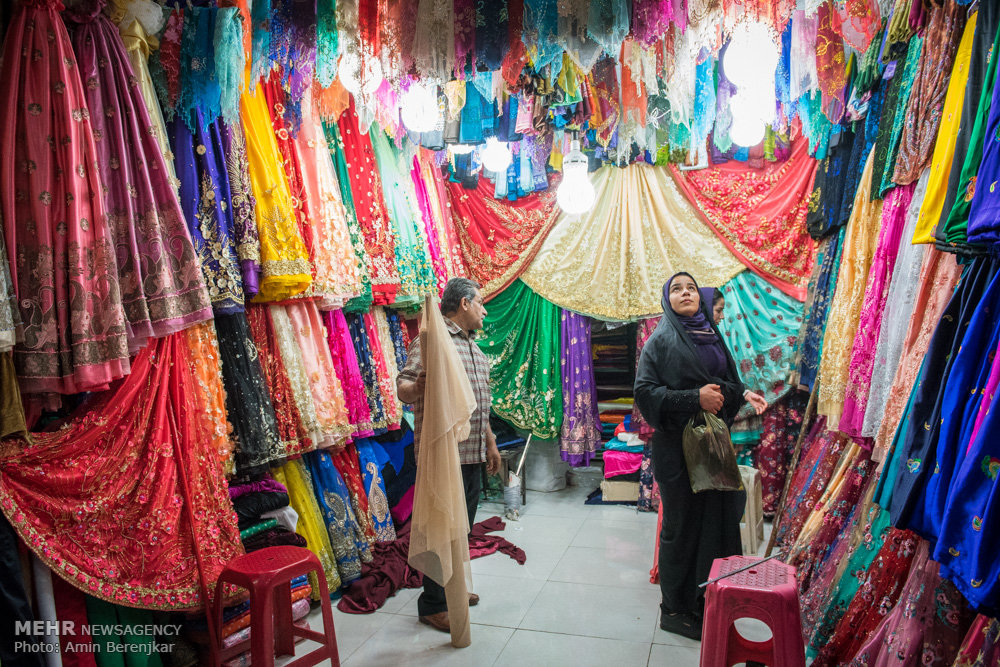
As I mentioned, the first day of Nowruz, which follows 12 more days of joyous festivity, falls on March 21, the first day of Farvardin in the Iranian calendar. According to statistics, an impressive number of over 187 million people in 11 countries across the world observe Nowruz as a national holiday. Countries that have inscribed Nowruz in their national calendar include: Iran, Tajikistan, Azerbaijan, Afghanistan, Kazakhstan, Kyrgyzstan, Albania, Turkmenistan, Uzbekistan, Kosovo, Iraqi Kurdistan and Georgia.
Countries, where Nowruz is celebrated by the people but not considered as a national holiday, include India, Turkey, Egypt, France, the Republic of Tatarstan, the United States, the United Kingdom, Canada, the Netherlands, Germany, Lebanon, Syria, China, UAE and even Sweden.
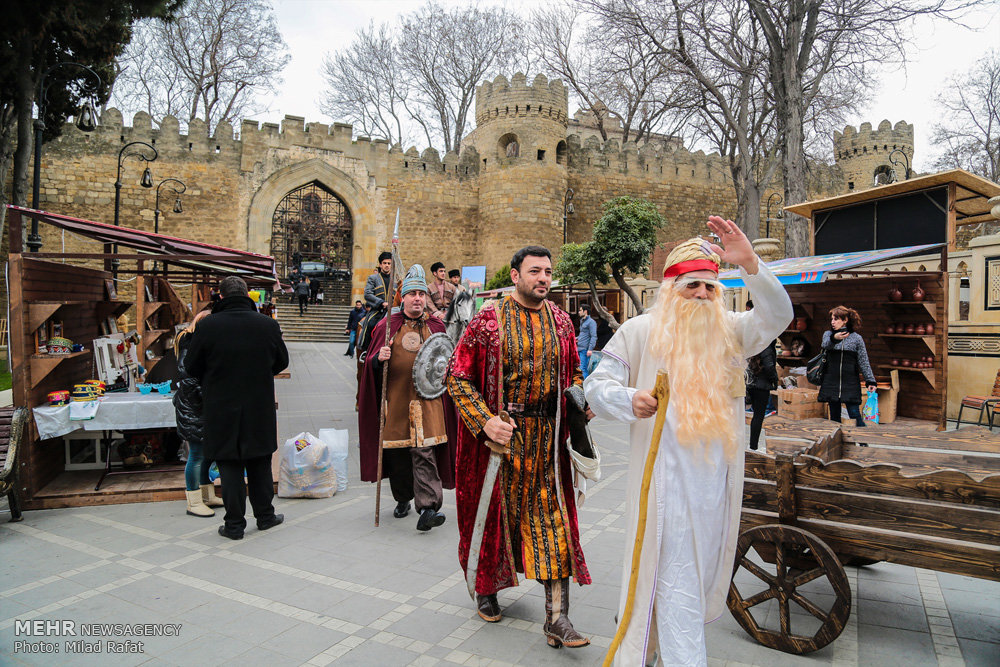
Nowruz was first inscribed on UNESCO’s Representative List of the Intangible Cultural Heritage of Humanity in 2009, through the initiative of Iran and joint cooperation of Azerbaijan, India, Kyrgyzstan, Pakistan, Turkey and Uzbekistan. The case was later extended in 2016 to include five more countries - Afghanistan, Iraq, Kazakhstan, Tajikistan and Turkmenistan.
The UN's General Assembly recognized the International Day of Nowruz in 2010, describing it as a Spring festival of Iranian origin. On 15 March 2010, the US House of Representatives passed the Nowruz Resolution by a 384–2 vote, "Recognizing the cultural and historical significance of Nowruz…”
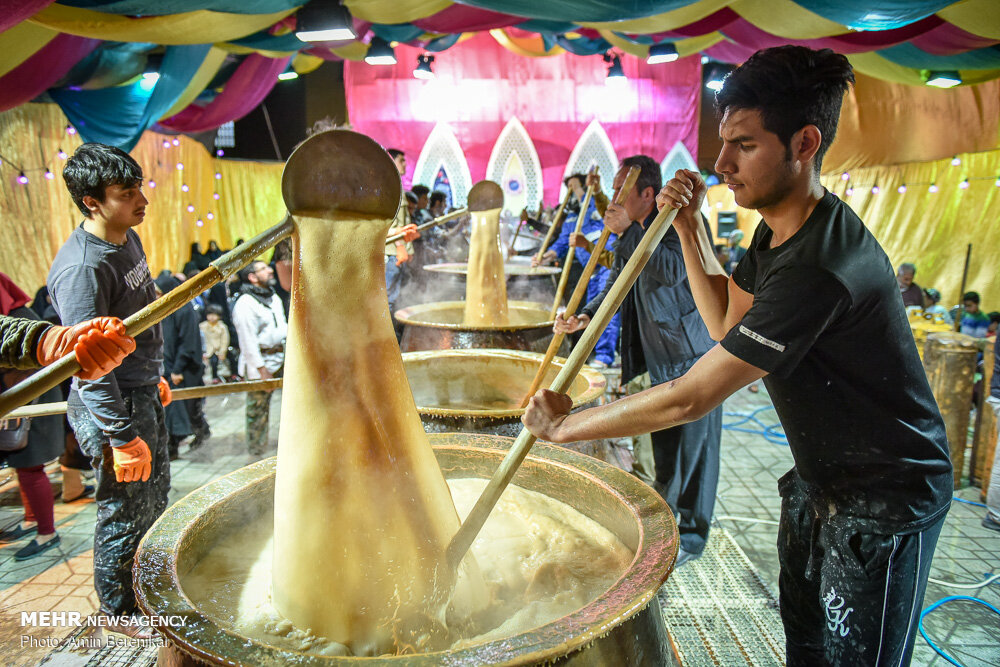
So, Nowruz is actually pretty popular around the world. But what does the celebration mainly include in Iran? Well, here are some of the most popular traditions:
Housecleaning, done a few days before Spring. The activity sometimes becomes monstrous, and every child’s nightmare, as it involves all members of the family to engage in a vigorous activity to give a thorough scrub to the whole household.
Chaharshanbe Suri, which falls on the eve of the last Wednesday of the year, and includes jumping over bonfires while singing ‘My sickly yellow paleness is yours; your fiery red color is mine.’ In the metropolis Tehran, there will be lots of fireworks instead.
Going to the cemetery on the last Thursday of the old year to remember the ones who have passed away, and are no longer among us to celebrate the coming year. People usually put hyacinths or sabzeh (sprouts, which are planted especially as a Nowruz decoration) on the tombs.
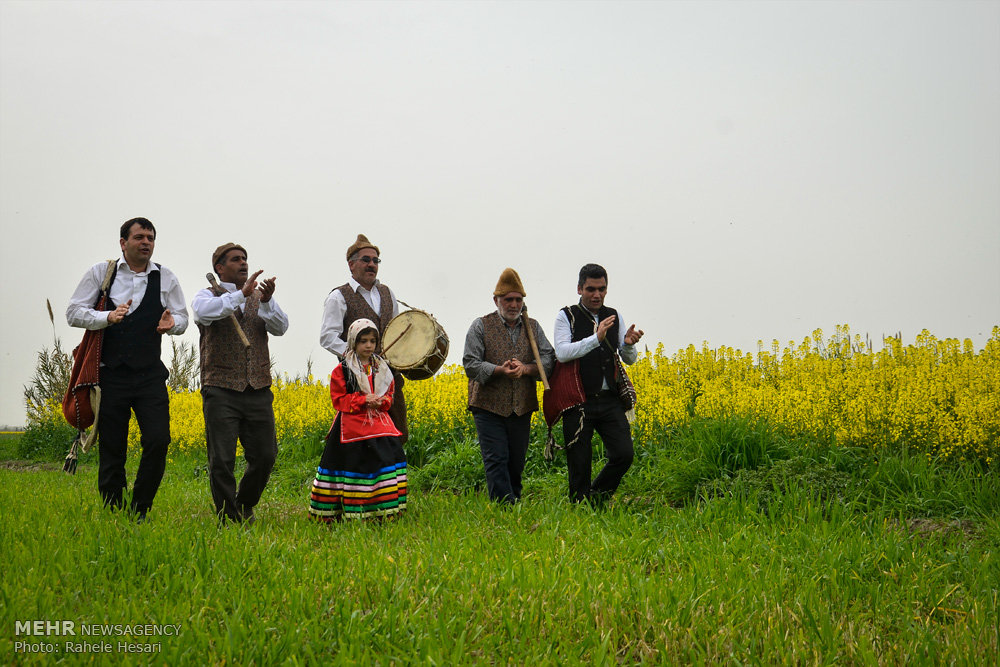
New Year shopping, where you hop from one shop to another to get yourself a nice, new outfit to wear for the entirety of the 13-day long holidays. Most of the time, it’s a last minute thing where you have to assemble an acceptable outfit in just a few hours, shouldering your way through a large crowd at various shopping malls.
Haftseen (The Seven S’s), a traditional table setting that symbolizes life, fertility and love as a whole, and requires all members of the family to gather around the moment the new year begins. The Seven S’s are:
1. Seeb (apple); symbol of beauty and love
2. Seer (garlic); symbol of health
3. Serkeh (vinegar) symbol of progress and change
4. Somaq (sumac); symbol of patience
5. Samanu (sweet pudding); symbol of abundance
6. Sabzeh (sprouts); symbol of rebirth
7. Senjed (Sea-buckthorn) symbol of stability and strength
Over the years, Haftseen began to include some other varieties such as coins (symbolizing wealth), candles (symbolizing light and dawn), mirror (symbolizing purity and sincerity), decorated eggs (like the ones you see on Easter Day) for each member of the family to symbolize fertility, gold fish in a bowl (although nowadays, animal rights advocates advise you against the idea because of gold fish high mortality rate), as well as the book of Shahnameh or the Divan of Hafiz. Some families would compete over whose Haftseen looks better.
Eid Didani, or an intensive period of visiting your relatives. During Nowruz holidays, households are busy hosting relatives close and distant, with a wide variety of sweets and ajil (trail mix), baklava, nan berenji (cookies made from rice flour), exciting-looking confections, and generally everything your dietitian would be horrified to find out you have eaten.
Eidi, which is the name given to the money the people you go to for ‘Eid Didadni’ give you as a gift. However, the tradition may have gone out of practice in some families, and adults are less eligible to receive eidi. Eidi usually has a spiritual worth, as opposed to a monetary one, so don’t be offended if the only thing you can buy with your eidi is just a sandwich.
Travelling, or a perfect excuse for ditching the whole ‘eid didani’ tradition. Some families would take the opportunity of the long holidays to visit other cities, or other countries if they can afford the atrocious travel costs.
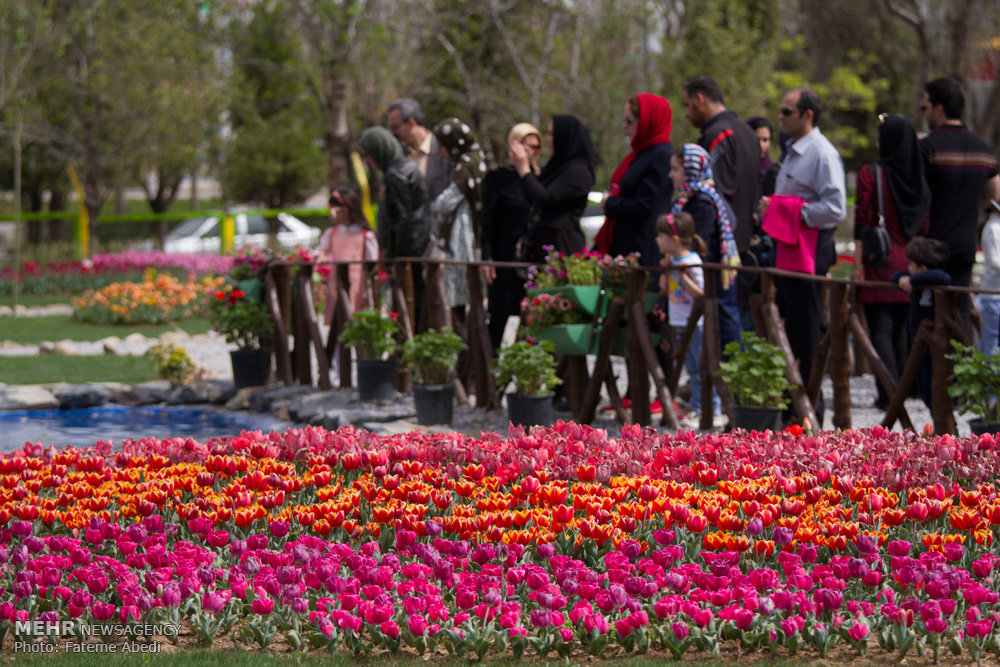
New Year Cuisine, which you can have at any other time of the year, of course, but which taste specially better during Nowruz. They include Ash-e reshteh (a noodle soup), Kuku sabzi (herbs and vegetable soufflé) served for dinner on New Year’s, Reshteh polow (rice cooked with noodles), Sabzi polow with fish, and dolma (cooked vegetables, meat and rice rolled in grape leaves).

And last but definitely not least, sizdah bedar, the last day of Nowruz holidays, which falls on the 13th of Farvardin, and the number is considered to bring bad luck in Persian folklore. The idea of Sizdah bedar (literally, Thirteen Outdoor) is to spend time picnicking outdoors, and throwing away your Sabzeh because it is considered a bad omen to still have it when Nowruz holidays are over.
Another wonderful thing about Nowruz is that every ethnicity in Iran, such as Kurds, Gilakis, Mazandaranis, Lurs or Baloch, have their own unique traditions to observe for the New Year. For example, ‘Nowruz Khani’ is one of the most popular traditions of the Mazanderani people. About fifteen days before spring arrives, groups of singers who are called ‘Nowruz Khan’, go from house to house, while singing lines of poetry in praise of Spring, the new year and nature. It is customary for the householders to give them gifts or to offer them sweets, candies, eggs, peas, and other foods. On the 13th, men hold a wrestling competition that lasts from morning until evening.
The article has been republished from March 21, 2019.

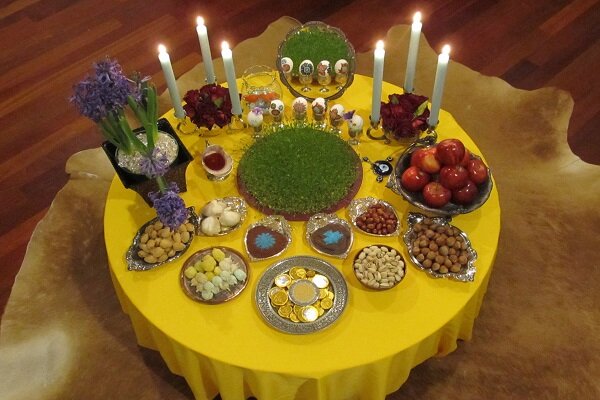


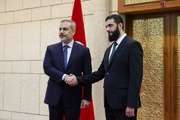
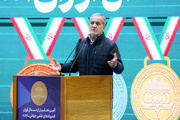
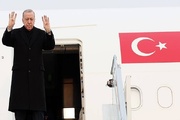




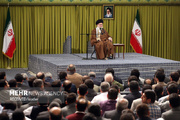







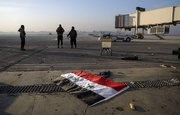

Your Comment